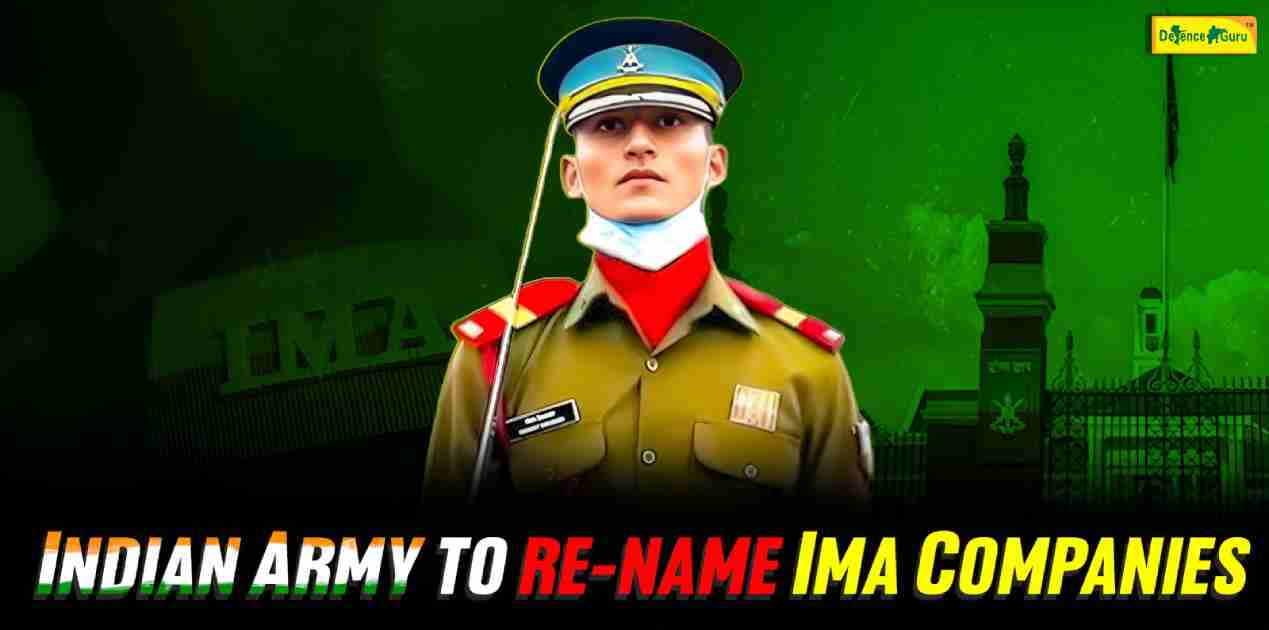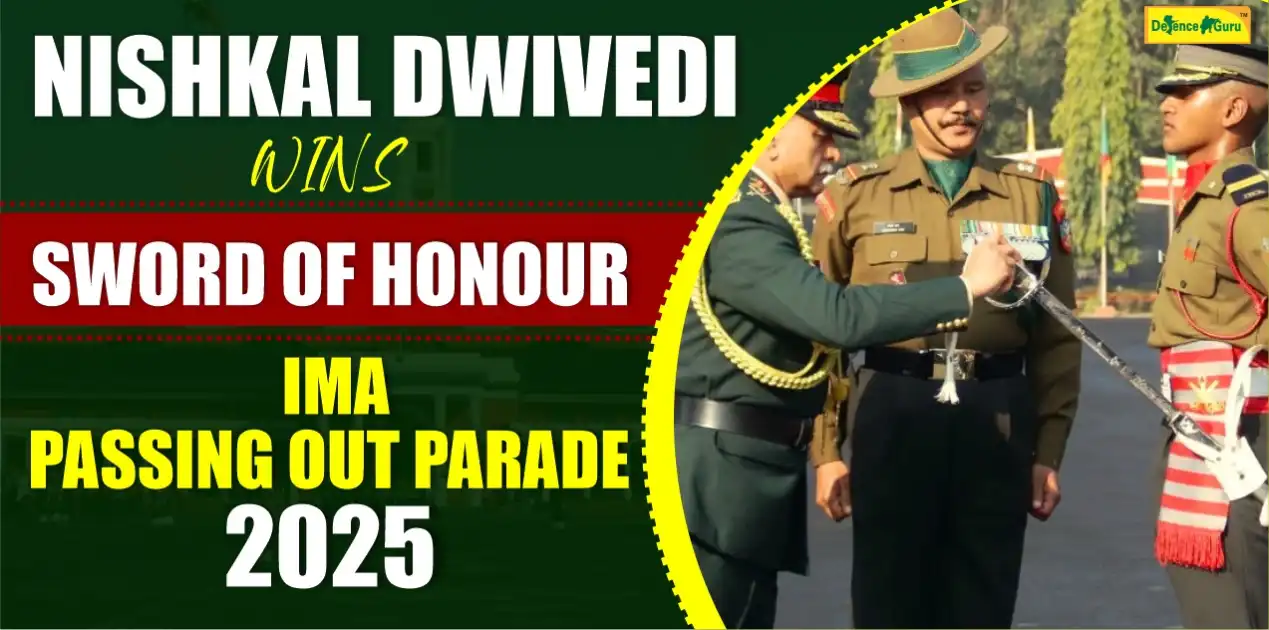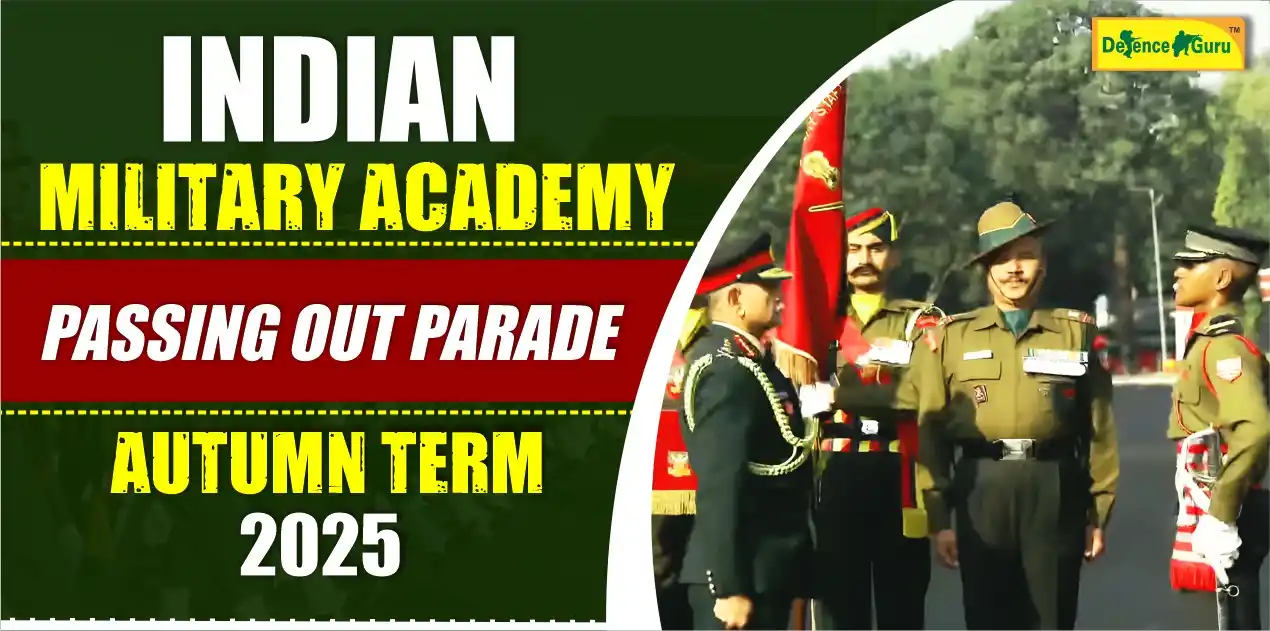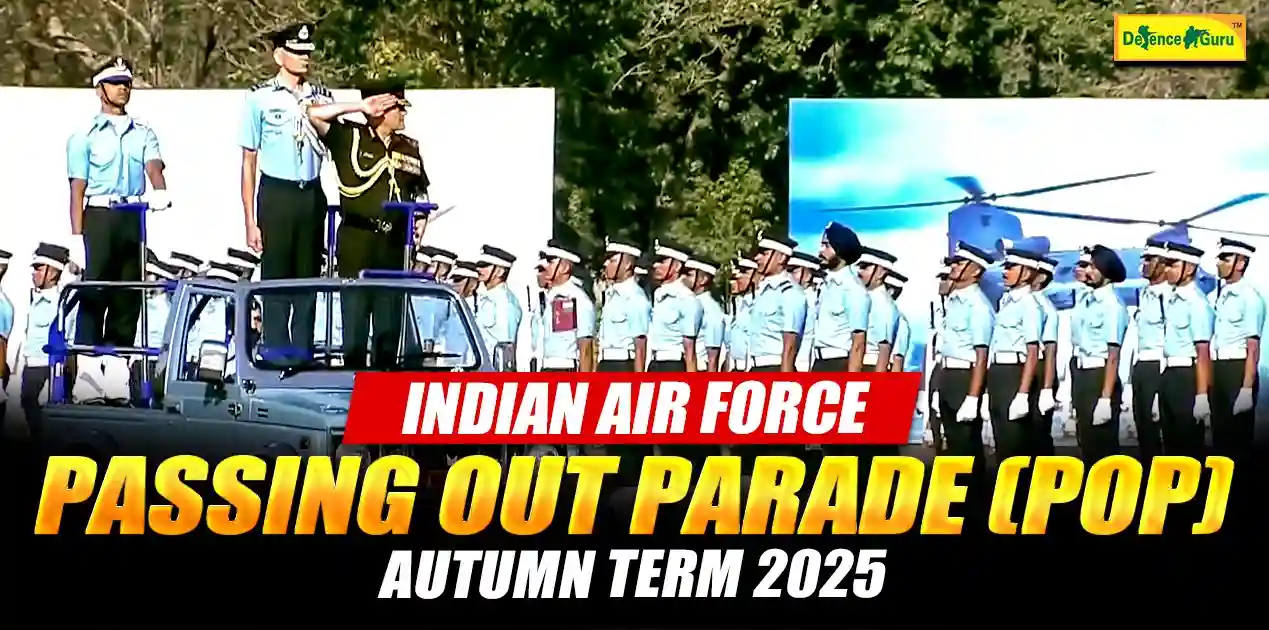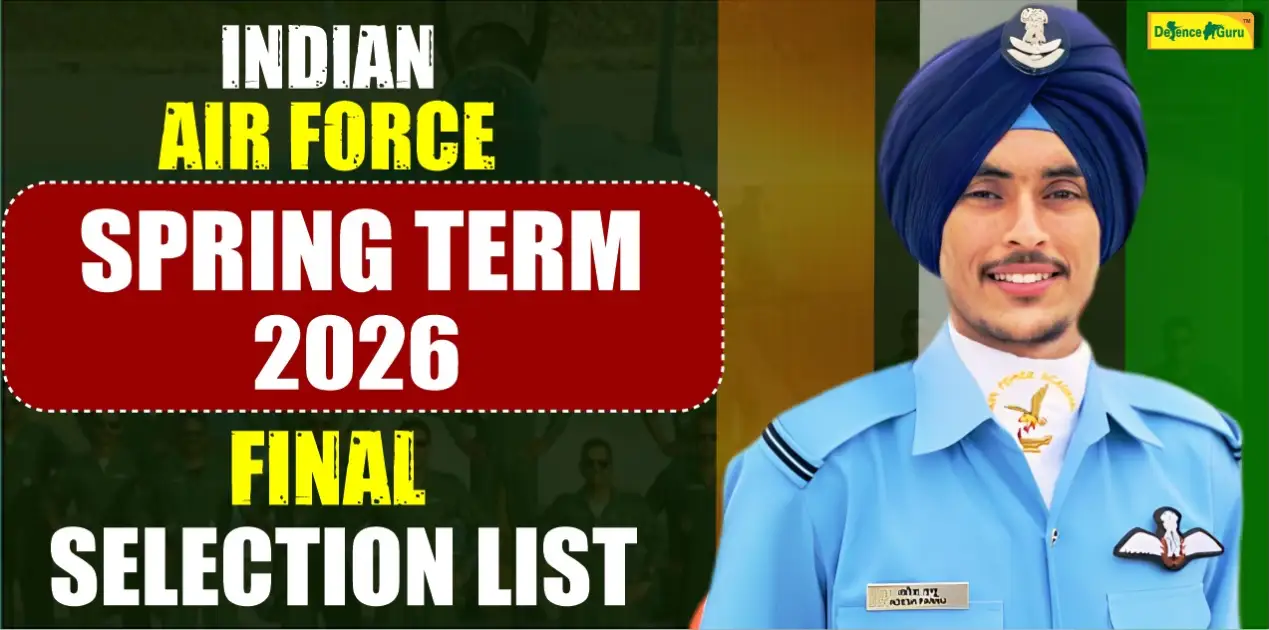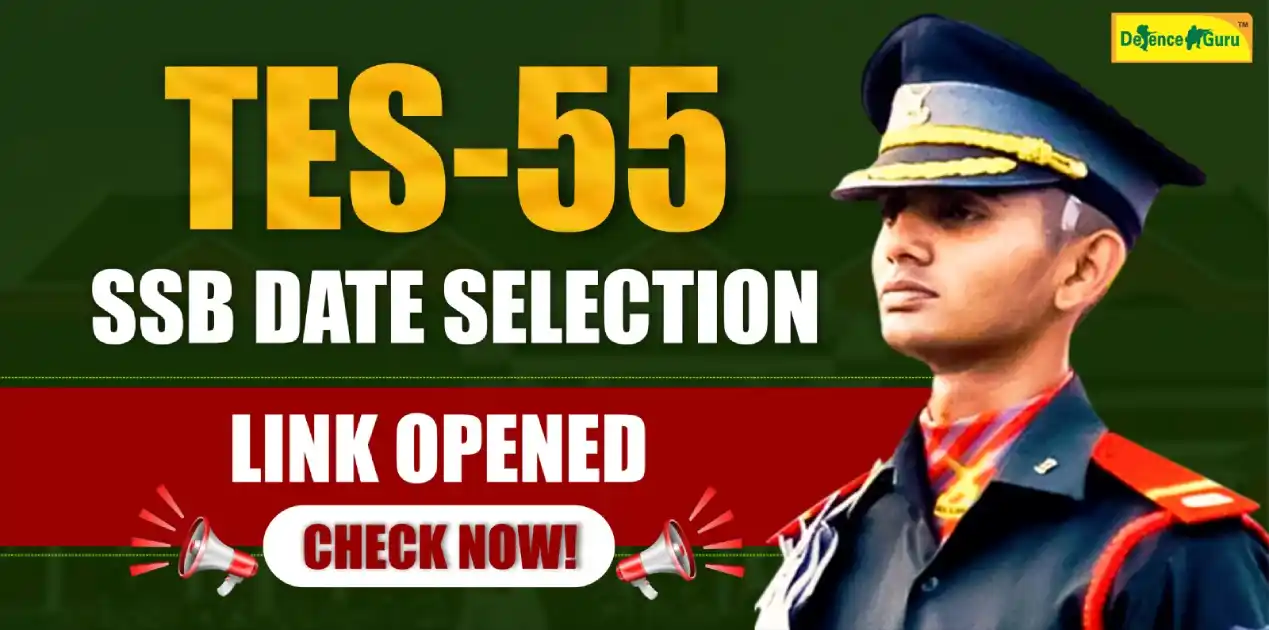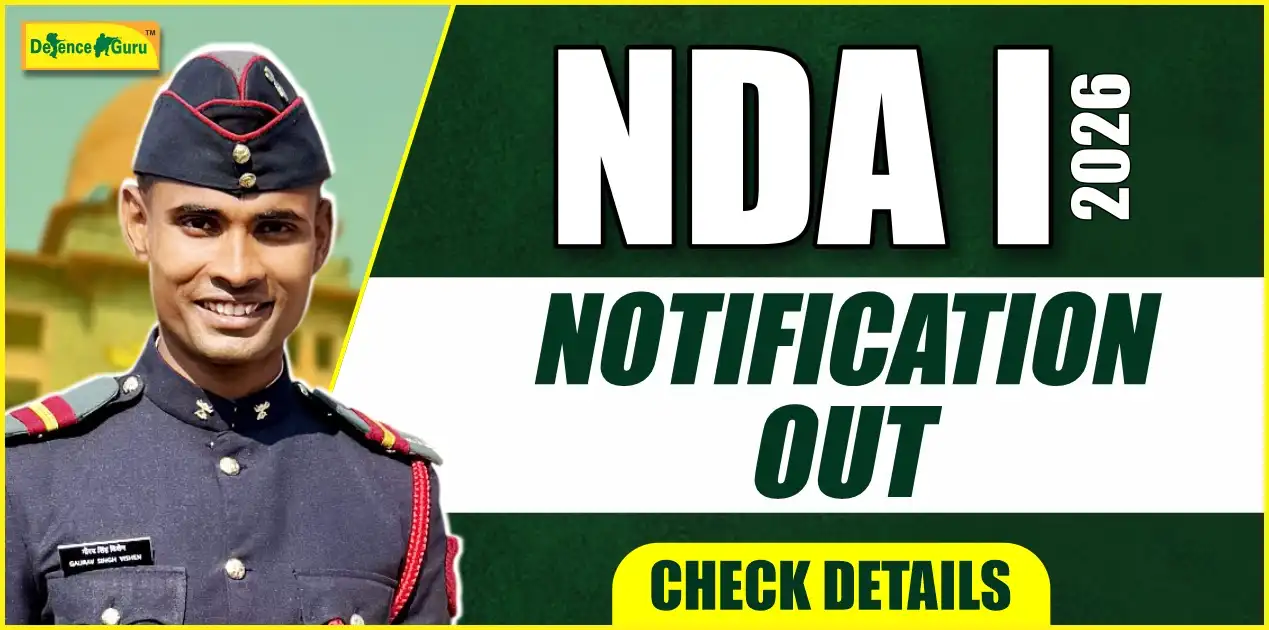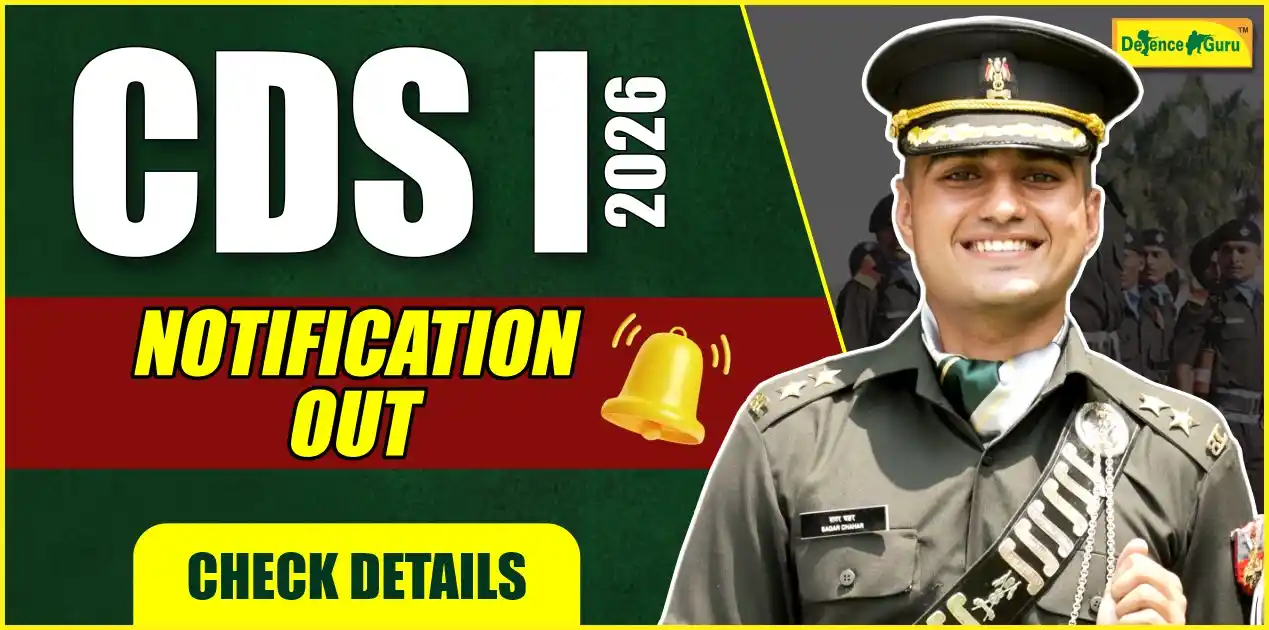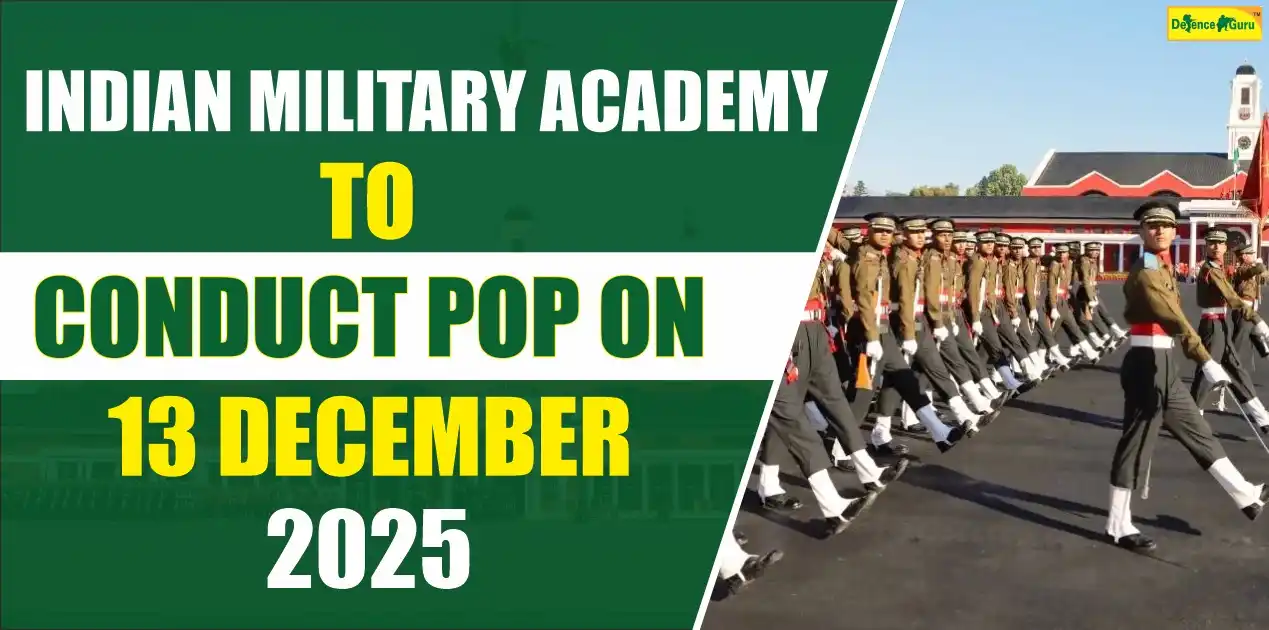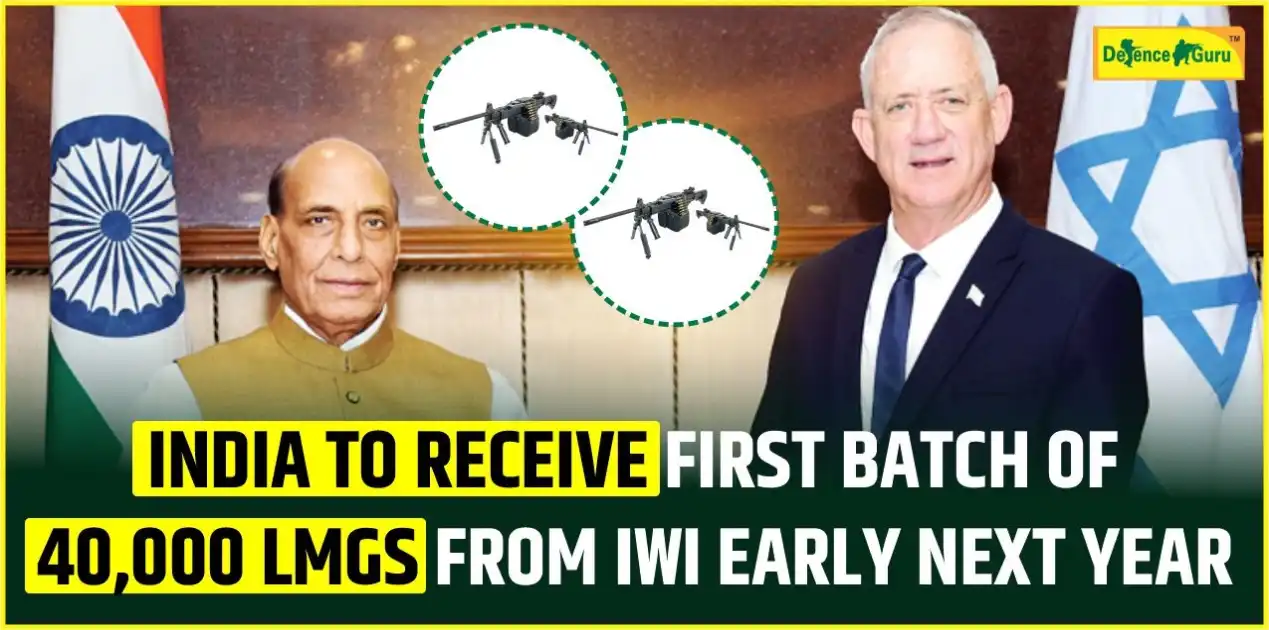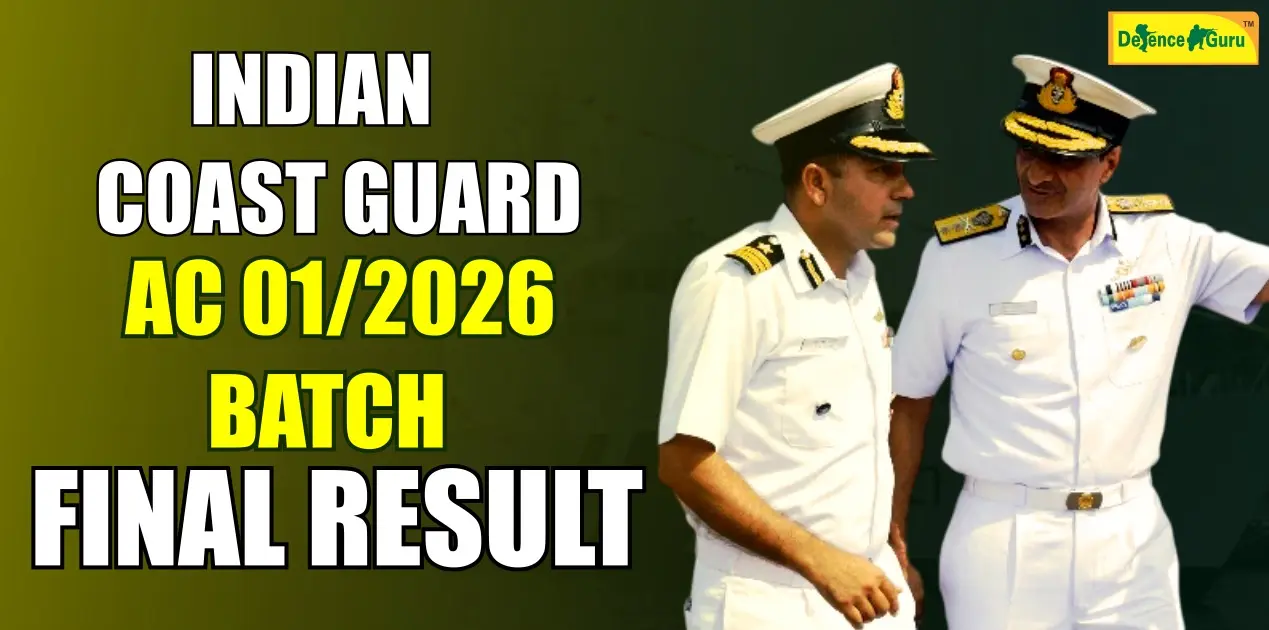Indian Military Academy Companies
A number of training companies at the Indian Military Academy (IMA) in Dehradun, which were hitherto named after battles fought against the British, are being renamed after battles fought after Independence. This is part of the government's move towards shedding colonial practices and embracing ways that are Indian in character and in spirit.
Today, more than half of the 12 training companies—Kohima, Al Alamein, Meiktila, Sangro, Imphal, Karen, and Cassino—have been named after battles in which Indian troops excelled as part of the British Indian Army. Today, names like Dograi, Nathu La, Chushul, Bagdam, Dras, Basantar, and Walong, all referring to major post-Independence battles, are being proposed. The remaining companies at IMA—Naushera, Poonch, Zoji La, Jessore, and Sinhgarh—already bear names of battles after 1947.
Indian Military Academy is divided into four training battalions—Cariappa, Manekshaw, Thimmaya, and Bhagat—named after great Indian Army leaders. Three are named after retired Army Chiefs, while the fourth is named after Lt Gen PS Bhagat, a World War II Victoria Cross holder and the first General Officer Commanding-in-Chief Northern Command. Conversely, the National Defence Academy (NDA) at Khadakwasla has 18 squadrons, denominated employing the phonetic alphabet (Alpha, Bravo, Charlie, etc.) rather than battles.
The Indian military has strong historical connections with the British army, so much so that their uniforms, traditions, regimental customs, and even dining norms reflect the influences of the earlier relationship. The Prime Minister, Narendra Modi, has, in recent times, stressed the importance of the Indian military breaking free from colonial-era antiquities and becoming a forward-thinking, futuristic military. Following this, the Navy adopted a new ensign inspired by Chhatrapati Shivaji’s royal seal, replacing the colonial-era Saint George’s Cross. Traditional Indian attire, such as kurta-pyjama, has also been permitted in officers’ messes under specific standards.
The armed forces are reviewing over 75 colonial-era laws, practices, and procedures. Training programs now include ancient Indian texts like Chanakya’s Arthashastra to incorporate indigenous martial and strategic knowledge. Symbolic shifts are also taking place, like the removal of the famous painting of Pakistan's 1971 surrender in the Army Chief's lounge and its replacement by a new painting, Karam Kshetra, which includes Indian tanks and helicopters but alongside elements of India's heritage and strength, such as a warrior in a chariot and a saffron-robed monk.
These changes are meant to bring the armed forces more into line with India's cultural identity and contemporary ambitions.
Read more:
NDA Passing Out Parade this Year 30 May 2025: All You Need to Know

